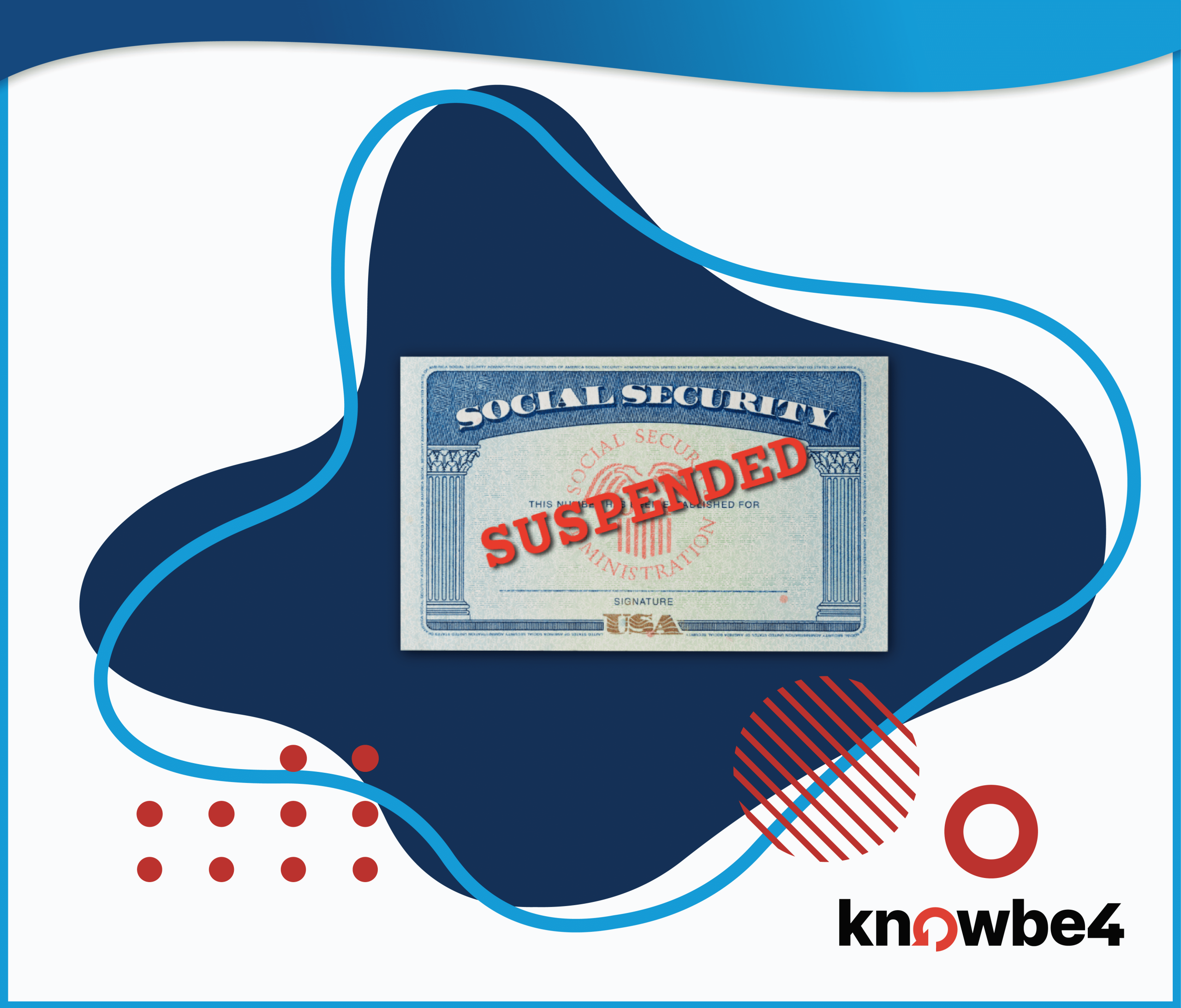 Brett Romershausen – [Web and Midrange Consultant]
Brett Romershausen – [Web and Midrange Consultant]
 Is Your Website Healthy?
Is Your Website Healthy?
Do you typically have an annual physical for your personal health? You should do the same for the health of your website. While it may not seem critical, your website is often the first impression of your business and you want to be sure your visitors have a good first experience.
User Habits Have Changed
Think about how many people you see on a given day using their phones or tablets to search the web. Unlike five or ten years ago when everyone would wait to search the information when they got to work or home, most people today will access the information immediately from a restaurant, meeting, game, etc. The number of people doing mobile searches increases every year.
Note: If your website is more than a few years old, pay close attention to the following sections.
Responsive Design
Think about your website—can you see everything on a mobile device without having to scroll to the right? “Responsive design” is important today. There are two simple ways to tell if your website is responsive. One is to access the site from your smartphone browser. Another way is to shrink the size of your desktop browser window. Do your menu options scrunch up into the hamburger menu so the limited screen space is used wisely? Do the panels and boxes wrap or do you have to scroll over to see content? Does the text wrap around the images correctly? Not only does it matter to your visitors, it matters to Google. The search giant gives preference to sites that have a good mobile experience.
Content Is King….Still
In Bill Gates’ 1996 “Content is King” essay he stated, “Content is where I expect much of the real money will be made on the internet…” He was talking about both the text on the screen and the software that serves it up. Another point he made back in 1996, and still true today, is there are “broad opportunities for most companies…” and that “no company is too small to participate.”
More small business have websites, often collaborating with other websites to expand their reach. Think about how a website with Search Engine Optimization (SEO) capabilities can help a business reach thousands more potential customers locally, nationally, and internationally. Is your website content still relevant? Is it still correctly stating what your business’ services and capabilities are? Are the images even from this decade? Keep in mind, the better the content, the more likely a search engine will pick it up.
How’s Your Google Ranking?
Google Ranking is where you rank when someone is searching for your website with a search engine. You may be wondering why Google Ranking would be important, but think about how most people look for something. They go to their favorite search engine and try locating the information based on “keywords”. If your site is buried at the bottom of page 1, or several pages deep, what are the odds that a potential customer will find your site?
Here are a few of the things that can affect your ranking with the Google’s search engine.
- Above-The-Fold – When Google looks at your website, they pay close attention to what is above the fold and use that to index your site. This is the area presented on the screen space before scrolling. You need to be sure this area is filled with meaningful content and keywords, and not ads.
- Popups – While these were popular several years ago, they are no longer in favor. Author Barry Smith confirms, “Google has started to penalize sites with those annoying pop-ups, starting with mobile websites.”
- Links – Another way to help in your ranking is to link other pages in your own site, as well as other websites. If you go to another site, the key here is to make sure you are linking to sites that are current and frequently update their content as well.
- Frequency of Updates – It is important to consistently post information to your website. One good way to promote your site is by blogging. Many people use a blog format for their news page, and that works just fine.
Another way to help your ranking is to update your content. In the article by Cyrus Shepard from MOZ, “changing a single sentence won’t have as big of a freshness impact as a large change to the main body text.” He also states, “Content that changes more often is scored differently than content that only changes every few years.” The article also states, “Websites that add new pages at a higher rate may earn a higher freshness score than sites that add content less frequently.” When was the last time your content was refreshed?
- Keywords – Also important are the “keywords” that are used in the content, images, etc. Think about how you want to find something in a browser. What special “keywords” would you use to find something? Now think about your website– if you don’t have those keywords on your site in content, blogs, and so forth, how can you expect the search engines to find your site?
- Bounce Rate – Think about how long someone might stay on your website? If your site is cluttered, has a bunch of popups, annoying videos that start automatically, or they don’t see what they want above the fold, then they will probably get frustrated and leave the site. Believe it or not, this is tracked. According to an article from Granite5, “A high bounce rate is an obvious sign of an outdated or poorly performing site. Website users usually leave a site hurriedly without visiting other pages simply because they don’t find what they are looking for instantly or do not like the look of it!”
- Load Rate – The same is true for how fast your site loads. If the site loads slowly or plugins are missing, the user will not feel welcomed or important and leave your site.
As microchips have reduced in size and yet increased in performance, so have the requirements for a website. While “Content Is King”, it is important to take full advantage of what is available to make the site load quickly and efficiently. Whether speed is gained by a combination of compressing images, compression or streaming of videos, or coding to match up with the latest techniques, websites should be reviewed on a regular basis.
- Social Signals – According to an article from Search Engine Journal, “there is an extremely high correlation between social signals and ranking position. Facebook is still the network with the highest weighted social signals.”
- SSL – Years ago, most websites didn’t use an SSL encryption unless they wanted to verify and protect the information going over the internet. Search engines, like Google, are now adding that into their algorithm for ranking websites.
 How SSL Affects Your Ranking With Google
How SSL Affects Your Ranking With Google
At a conference I attended this past fall, it was stated that Google ranks sites with SSL certificates higher. In a 2016 Google article from the Chrome Security Team, it states two conditions that took effect in January 2017. If an unsecure site collects either passwords or credit card information, then the sites will warn users that the sites are “not secure”. (You may have noticed recently the “Secure” / “Not secure” icon in the URL bar.) Google is taking this even further with their HTTPS Everywhere initiative.
In the future, Google plans to “label all HTTP pages as non-secure, and change the HTTP security indicator to the red triangle that we use for broken HTTPS.”
Font
In an article titled “5 Signs Your Website Needs A Refresh” by Michael Burton, the author points out that “A few years ago it was the norm to have a lot of fancy graphics and imagery on your website, but the web has moved on to more of a flat design which relies more on color than images.” Besides color, the font on the screens can say a lot about your site.
In a recent article titled “7 Elements of Modern Web Design”, the author states “Online, sans-serif rules readability. In print, we see serif fonts as more readable. If you want to get fancy with your fonts, save it for larger headings. It will still have the same impact without blinding your users.” He goes on to mention that the font size is important to readability. “12pt used to be fairly standard, but that is being bumped into the 16pt range more frequently…” In a recent article titled “17 Tips to Create Content 10x Better Than Your Competitors”, author Ramona Sukhari mentions to make the fonts bigger. “On average, pages ranking #1 had 15.8pt font.”
While getting users to your website is important, the user experience and valuable content will make them stay, and better yet, keep them coming back. For assistance in optimizing, reviewing, refreshing, or creating your website, please contact your Keller Schroeder account representative.




